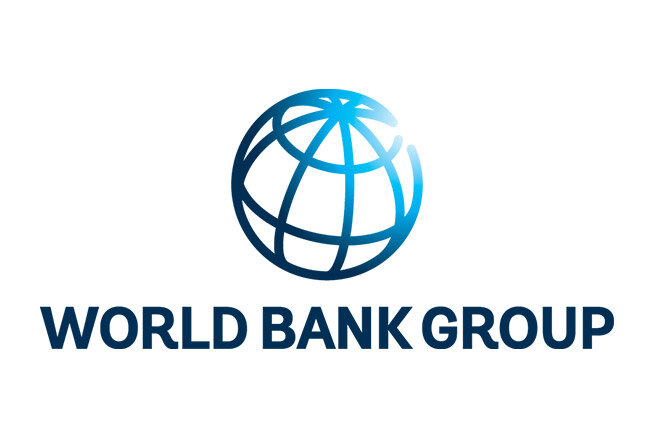The World Bank said India’s growth remains resilient despite some signs of slowing growth. The World Bank, in its most delinquent India Development Update, has lowered India’s growth forecast for 2023-24 to 6.3% from 6.6% previously.
India’s growth is predicted to be denied by slower consumption growth and difficult external conditions, the World Bank said.
He stated in a report on Tuesday that “rising borrowing costs and slowing revenue growth will consider on private consumption increase, and government consumption is forecast to increase at a slower pace due to the removal of tax-related fiscal support measures during the Pandemic.”
However, he said India’s growth remains resilient despite some slowing growth. He points out that although significant challenges remain in the global environment, India is one of the fastest-growing economies in the world.
According to Auguste Tano Coume, the World Bank’s Country Director for India, “India’s economy continues to show strong resilience to external shocks.”
India’s service exports have increased despite external pressures, and the current account imbalance is decreasing, according to Koume.
On India’s inflation, he said that while headline inflation has risen, it is forecast to decline to an average of 5.2 percent in 2023-24 amid falling global commodity prices and some slack in inflation domestic demand.
“The Reserve Bank of India (RBI) has reversed accommodative steps to control inflation by increasing the policy interest rate. According to the statement, a substantial private sector credit expansion and better asset quality have helped India’s financial sector maintain its strength.
For the second straight month in February 2023, retail inflation in India decreased slightly but still exceeded the RBI’s upper tolerance band of 6%. The consumer price index ended the month at 6.44 percent. In January, the retail inflation figure was 6.52 percent.
In recent years, India’s retail inflation has been a significant concern for the Reserve Bank of India (RBI). The RBI’s target for retail inflation is 6%, but the inflation rate has exceeded this target for three consecutive quarters. This has caused great concern among the Government of India and the central bank. However, there are signs of progress as the retail inflation rate returns to the RBI comfort zone in November 2022.
The RBI decided to increase the repo rate, which it loans to banks, by 25 basis points to 6.5 percent in order to control inflation at its most recent Monetary Policy Committee (MPC) meeting in early February. The repurchase rate at which the RBI lends to banks has increased by 250 basis points since May 2022.
Furthermore, the World Bank said the Indian government would likely hit its fiscal deficit target of 5.9 percent of GDP in 2023-24.
The general government deficit is also expected to narrow. As a result, the debt/GDP ratio is expected to stabilize.
The current account deficit is an important economic indicator that reflects the difference between a country’s total imports and exports of goods, services, and investment income. A current account deficit generally means that a government is spending more than it is earning, which can lead to a weakening currency and higher borrowing costs.
However, according to a recent World Bank report, India’s current account shortage is projected to narrow to 2.1% of GDP in the recently concluded fiscal year 2022-23 from an estimate of 3%. This vital improvement is attributed to solid exports of services and a reduction in the merchandise trade deficit.
According to Dhruv Sharma, a senior economist at the World Bank and the report’s primary author, “recent developments in the US and European financial markets pose risks to near-term investment flows to emerging markets, including India.” However, Indian banks have adequate capital.




